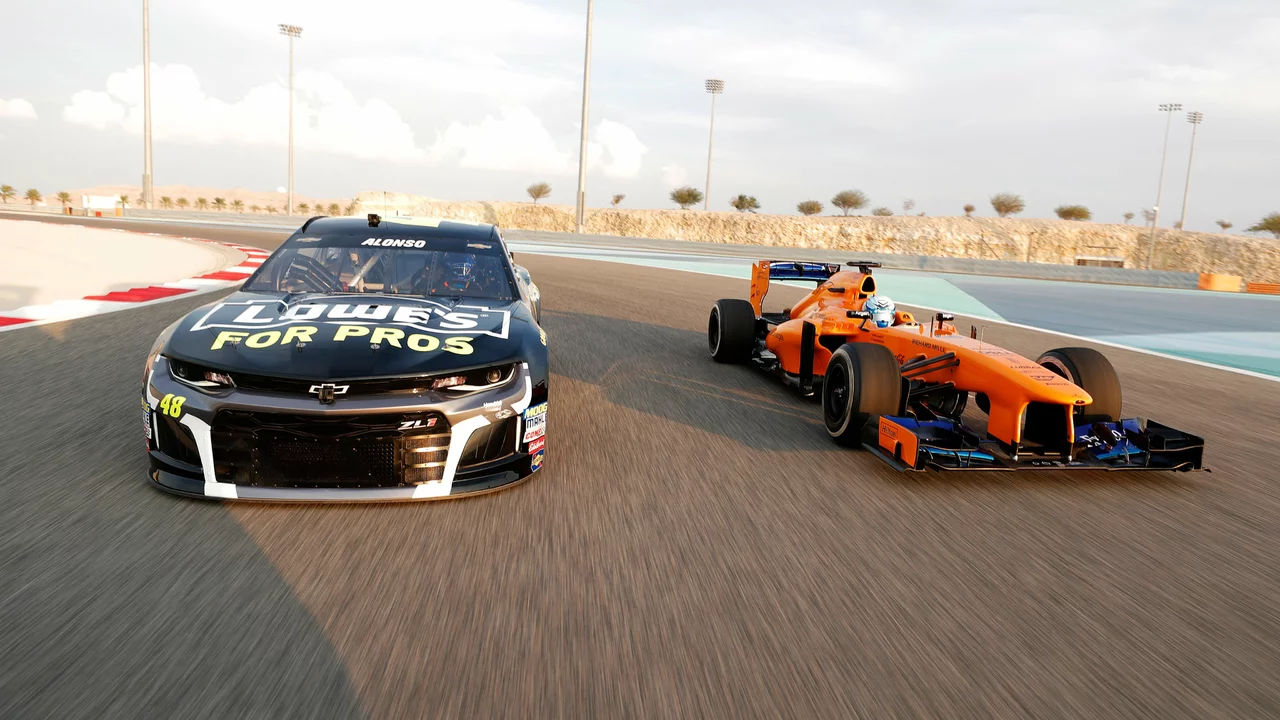Motorsport Safety Basics You Can Use Right Now
If you love speed, you also love staying alive. The first rule of any race is simple: protect yourself before you push the limits. Below you’ll find the most useful safety advice that works for road racers, track days, and off‑road adventures.
Pick the Right Helmet – It’s Not Just a Hat
Helmets are the single most important piece of gear. Look for a certified full‑face model that fits snugly without pressure points. The shell should be made of polycarbonate or carbon fiber, and the inner lining must be replaceable. When you try it on, you should feel it sit low on your forehead and the chin strap should stay tight when you move your head.
Check the expiration date on the helmet label. Even the best helmets lose impact protection after a few years or after a crash. Swapping an old helmet for a fresh one can mean the difference between a bruise and a concussion.
Layer Up with the Right Protective Gear
Beyond the helmet, you need a suit that absorbs shock. Leather or textile racing suits with CE‑approved armor protect the spine, shoulders, elbows, knees, and hips. Gloves with reinforced knuckles keep hands from getting crushed during a slide, and boots with ankle support prevent sprains.
Don’t forget eye protection. Clear or tinted visor lenses guard against wind, dust, and debris, while anti‑fog coatings keep visibility sharp when you heat up on the track.
Every piece should fit well and stay in place while you lean into corners. Loose gear can shift, creating gaps that leave you exposed.
Maintain Your Bike for Safe Riding
A well‑tuned bike is a safe bike. Check tire pressure before each session; under‑inflated tires lose grip, over‑inflated ones become hard to control. Brake pads should be at least a millimetre thick, and fluid levels must be topped up regularly.
Inspect the chain or belt for wear, and make sure the suspension is set for your weight and riding style. Small issues become big problems when you’re pushing the limits.
Practice Smart Riding Habits
Know the track layout before you hit the gas. Walk the circuit, note blind corners, and plan overtaking spots. Warm up with a few slow laps—this lets you feel how the bike behaves in current conditions.Keep your distance. Even the best brakes need space to work, and a tiny miscalculation can chain‑react into a crash.
Stay hydrated and take breaks. Fatigue dulls reaction time and makes you more likely to miss a hazard.
When Accidents Happen, React Right
If you slide off, stay calm. Keep your helmet on, move away from the bike if it’s still hot, and assess injuries before moving. Use a first‑aid kit for cuts and bruises, and call emergency services for anything serious.
Track staff are there to help—don't hesitate to let them know what went wrong. Their feedback can prevent the same mistake later.
Remember, safety isn’t a one‑time checklist; it’s a habit you build every time you ride. By choosing the right helmet, wearing proper gear, keeping your bike tuned, and riding smart, you’ll enjoy more laps and fewer trips to the medics. Stay safe, ride hard, and keep the thrill alive.
Well, folks, I've been pondering this age-old question - Which is more dangerous: NASCAR or F1/Indy cars? It's like choosing between a rattlesnake and a cobra, ain't it? Both have their unique hazards, but overall, F1/Indy cars take the cake (or should I say, the crash helmet?). These speed demons reach higher speeds and the open cockpit design can expose drivers to more risk. However, let's not forget our NASCAR buddies, they race in closer proximity which can lead to more frequent crashes. So, folks, no matter which track you're on, remember to buckle up and keep the rubber side down!
